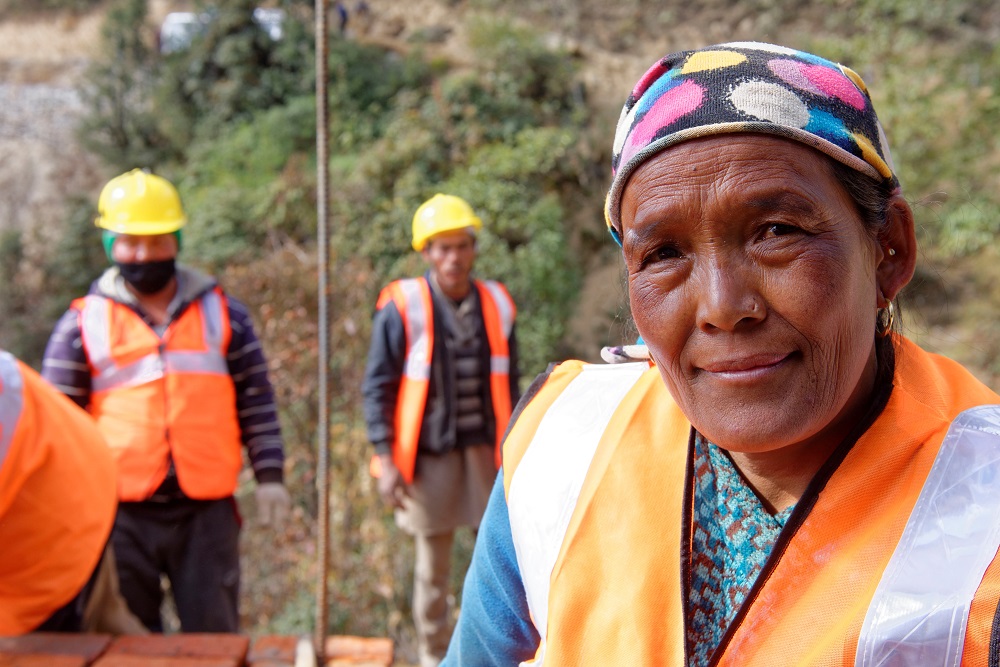
The world’s gateway to labour statistics: ILO joins UN Data platform
ILO data on labour and the world of work is now part of a new global platform that is accessible to the UN and the world at large.
The world’s gateway to labour statistics: ILO joins UN Data platform Read More »








